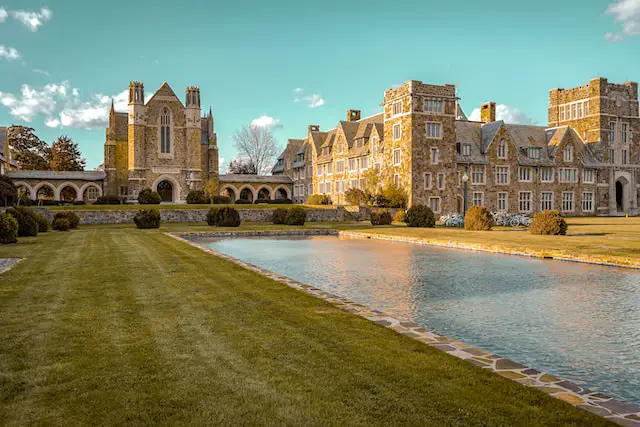The University of Alaska Fairbanks (UAF) is a public research university located in Fairbanks, Alaska. The university was founded in 1917 and has a total enrollment of approximately 7,000 students. The university offers a wide range of undergraduate and graduate degree programs in fields such as natural resources, engineering, and the arts. Like any other university, UAF has its own set of pros and cons that potential students should consider before deciding whether to attend.

Pros:
- Unique location: One of the biggest advantages of attending UAF is its unique location in Fairbanks, Alaska. The university is situated in the heart of the Alaskan wilderness, providing students with access to some of the most spectacular natural scenery in the world. This can be a significant advantage for students who are interested in outdoor activities such as hiking, skiing, and fishing.
- Strong academic programs: UAF is known for its strong academic programs, particularly in fields such as natural resources, engineering, and the sciences. The university is home to several research institutes and centers, including the Arctic Region Supercomputing Center and the Institute of Arctic Biology, which can be a significant advantage for students who are interested in pursuing careers in these areas.
- Affordable tuition: UAF offers relatively affordable tuition rates compared to other universities in the region, making it an attractive option for students who are looking to save money on their education.
- Diverse student body: UAF has a relatively diverse student body, with students from a wide range of racial and ethnic backgrounds. This can be an advantage for students who are looking for a more diverse and inclusive campus environment.
- Supportive campus community: UAF has a strong sense of community, with numerous opportunities for students to get involved in campus life. The university offers more than 100 student organizations, as well as a range of cultural events, athletic competitions, and volunteer opportunities.
Cons:
- Harsh climate: One of the biggest drawbacks of attending UAF is the harsh climate in Fairbanks. Winters in Fairbanks can be long and cold, with temperatures frequently dropping well below zero. This can be a significant disadvantage for students who are not accustomed to living in such extreme weather conditions.
- Limited course offerings: While UAF offers strong academic programs in certain areas, such as natural resources and engineering, the university has relatively limited course offerings in some other areas, such as the humanities and social sciences.
- Limited campus resources: UAF has relatively limited resources compared to other universities in the region. This can be a disadvantage for students who are looking for a more comprehensive campus experience.
- Limited job opportunities: The job market in Fairbanks is relatively limited, which can make it difficult for students to find work after graduation. This can be a significant disadvantage for students who are looking to stay in the area after completing their degree.
- Limited campus housing: UAF has a relatively limited number of on-campus housing options, which can be a disadvantage for students who are looking to live on campus.
Conclusion:
Overall, UAF is a unique university with a diverse student body, strong academic programs, and a beautiful location in the heart of the Alaskan wilderness. The university’s affordability and supportive campus community are significant advantages, but the harsh climate, limited course offerings, and limited resources in certain areas are potential drawbacks that prospective students should carefully consider. Ultimately, the decision of whether to attend UAF will depend on each student’s individual priorities, interests, and financial situation.